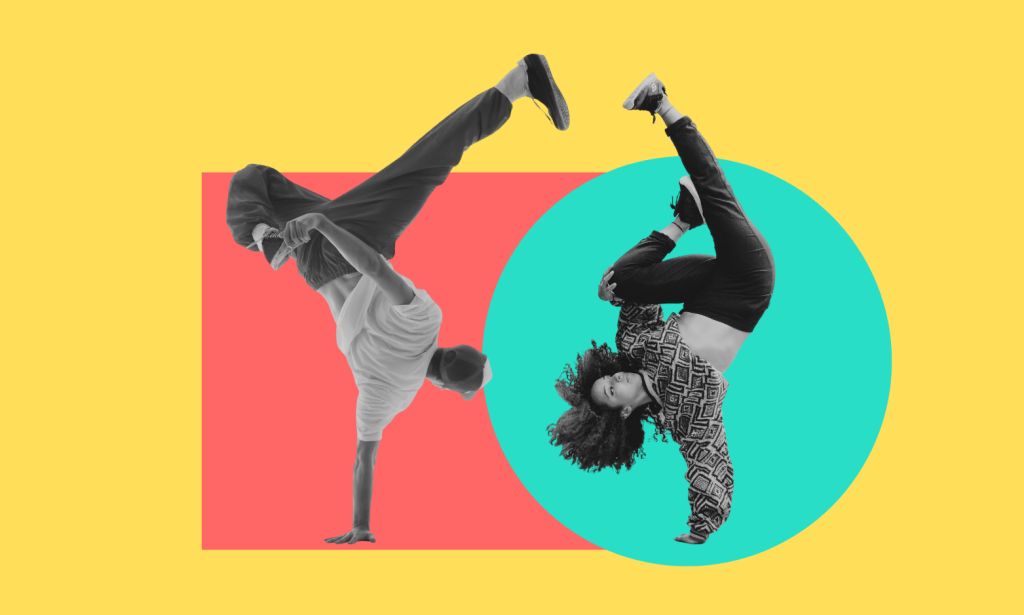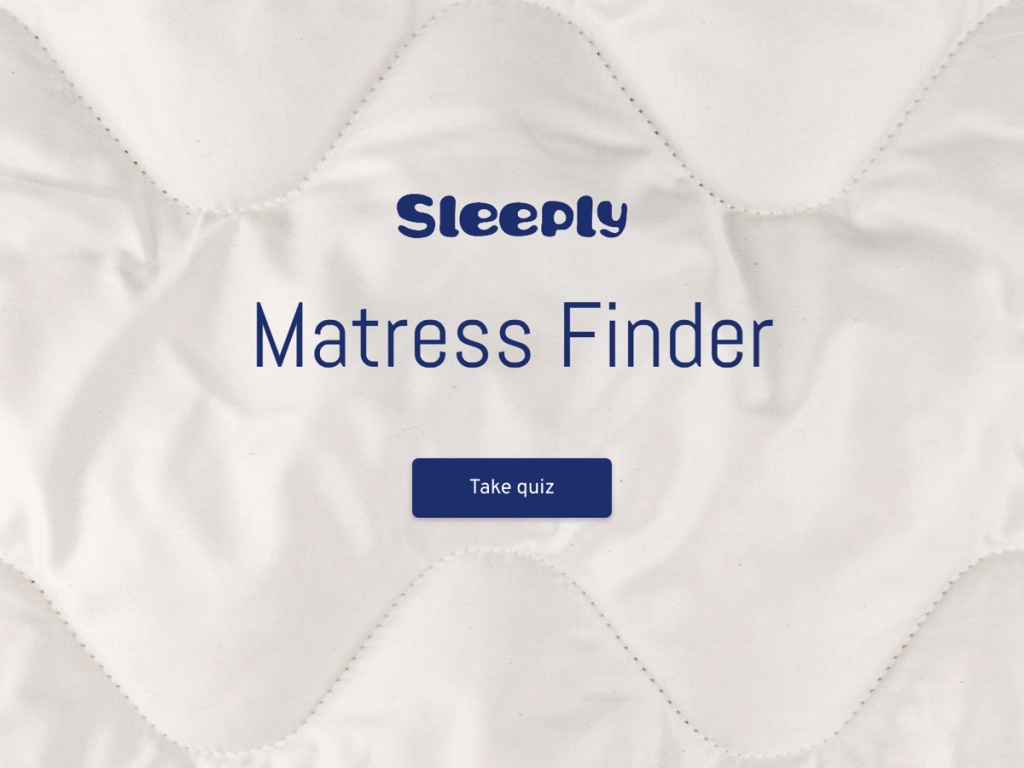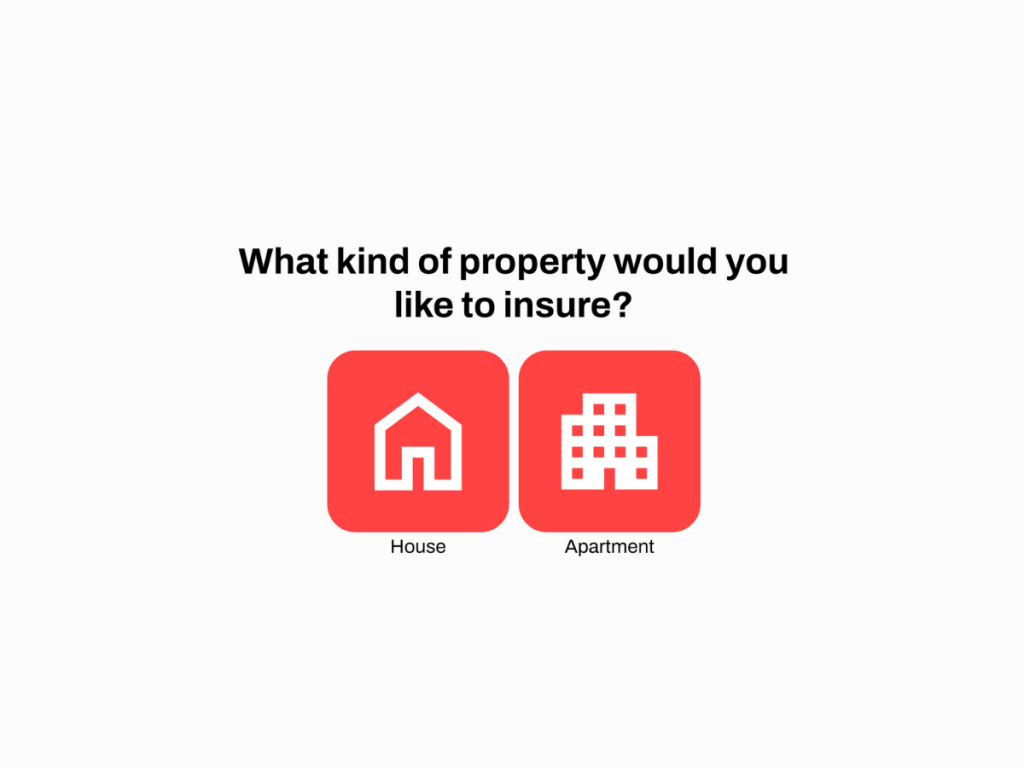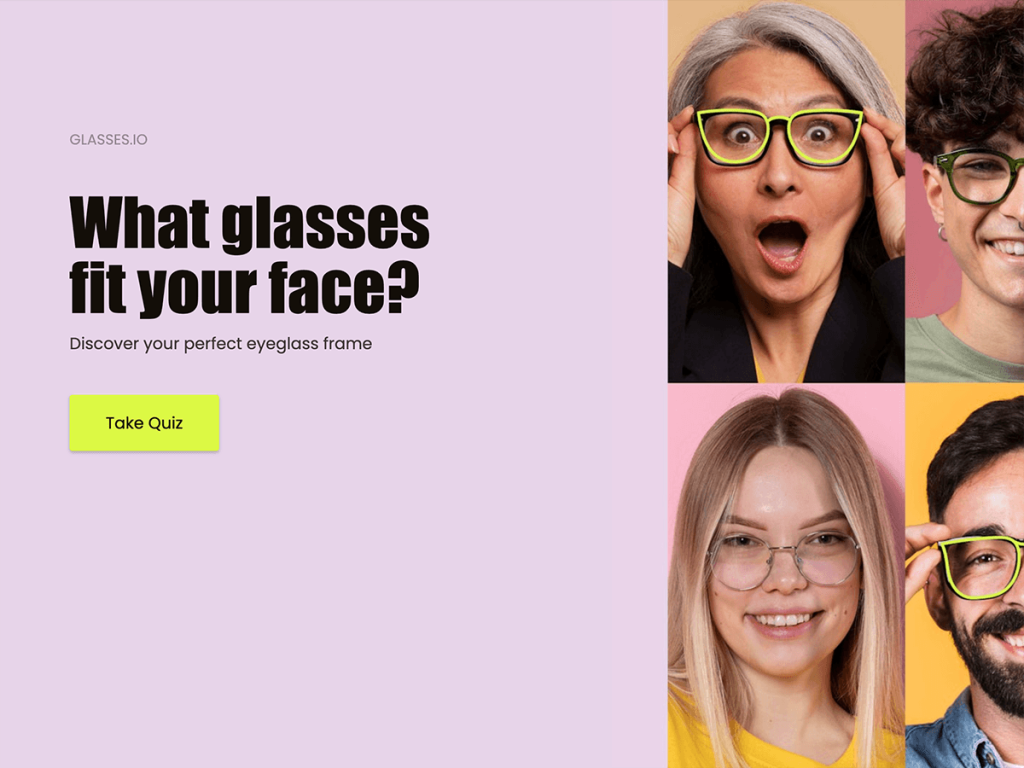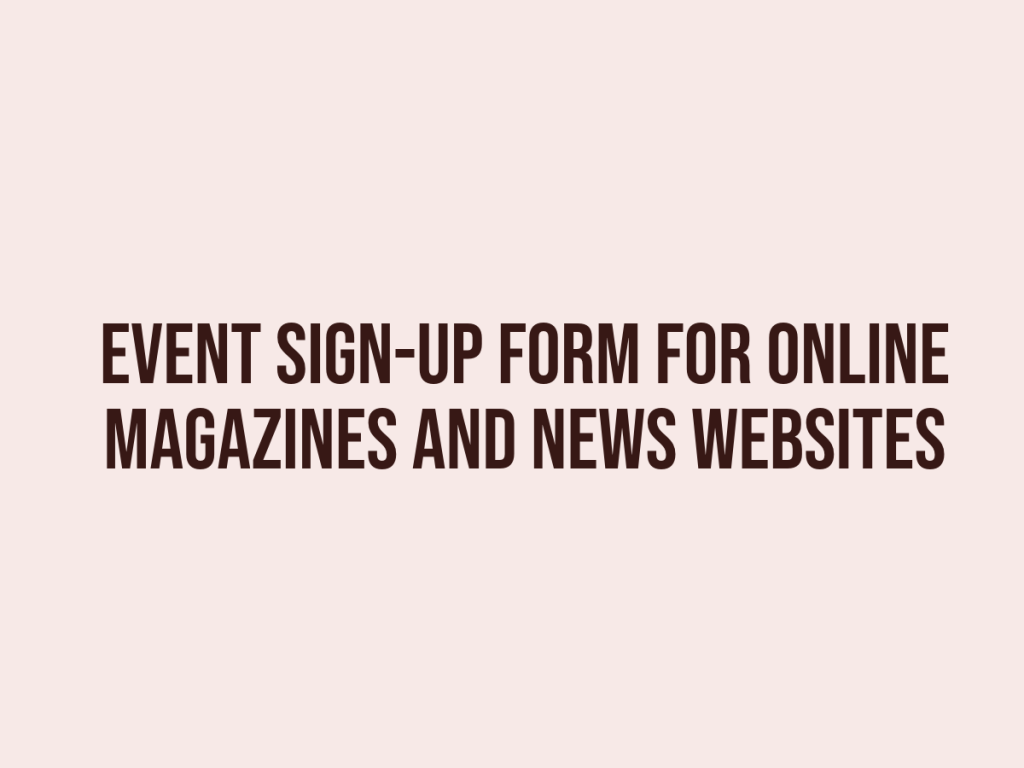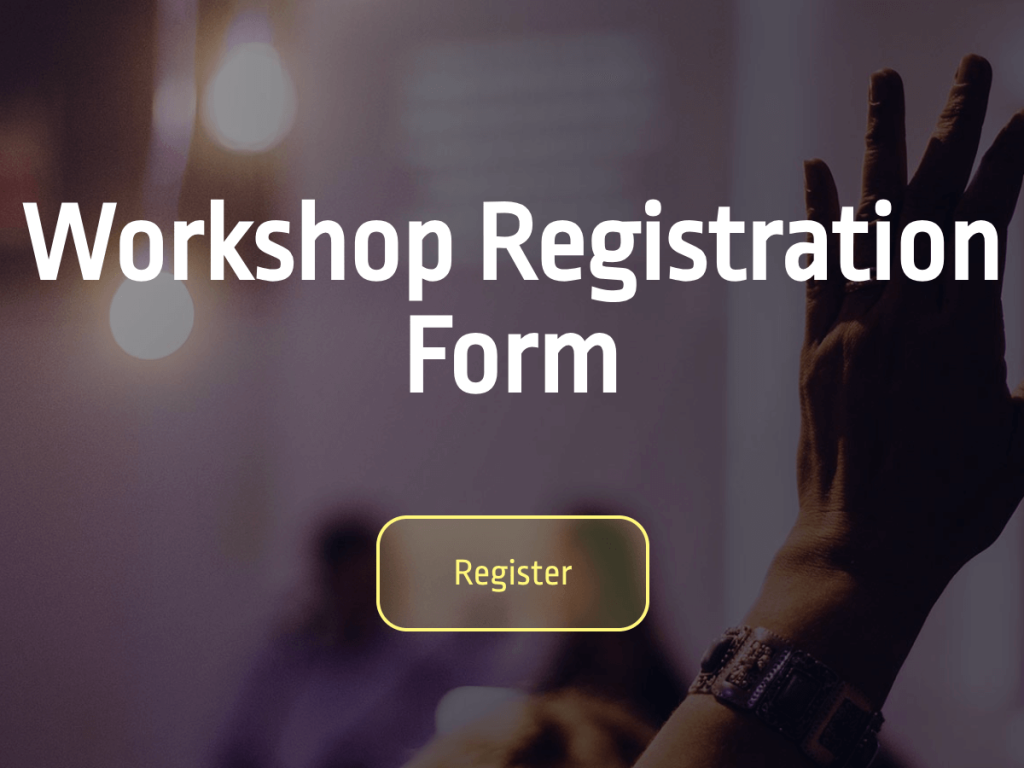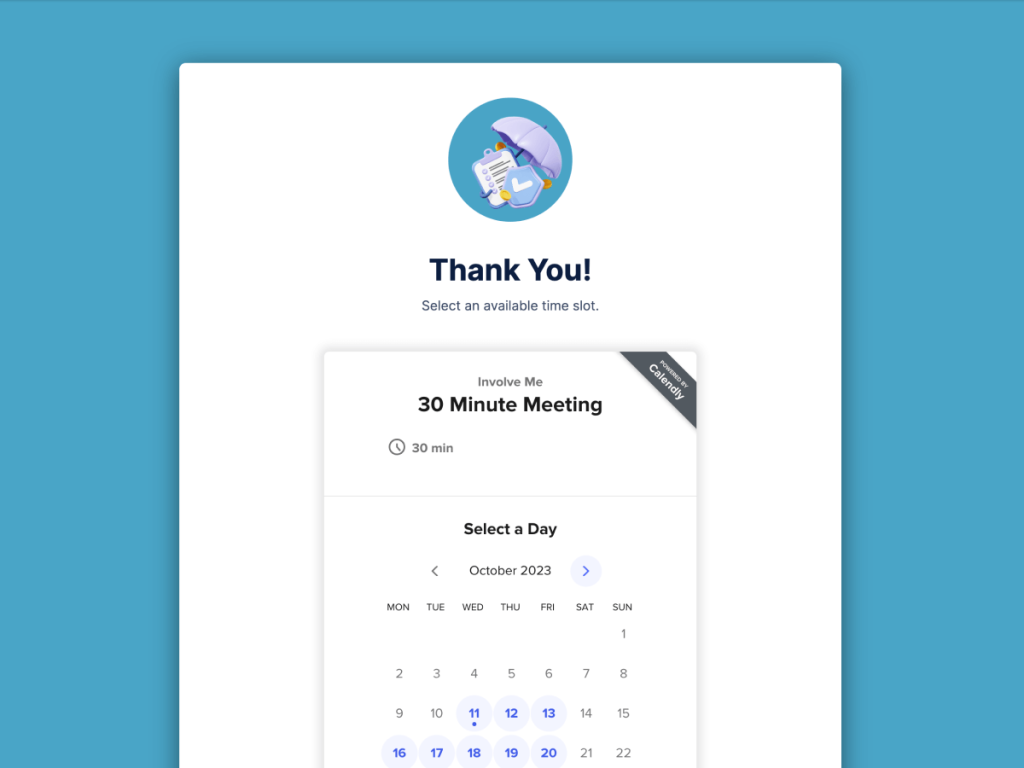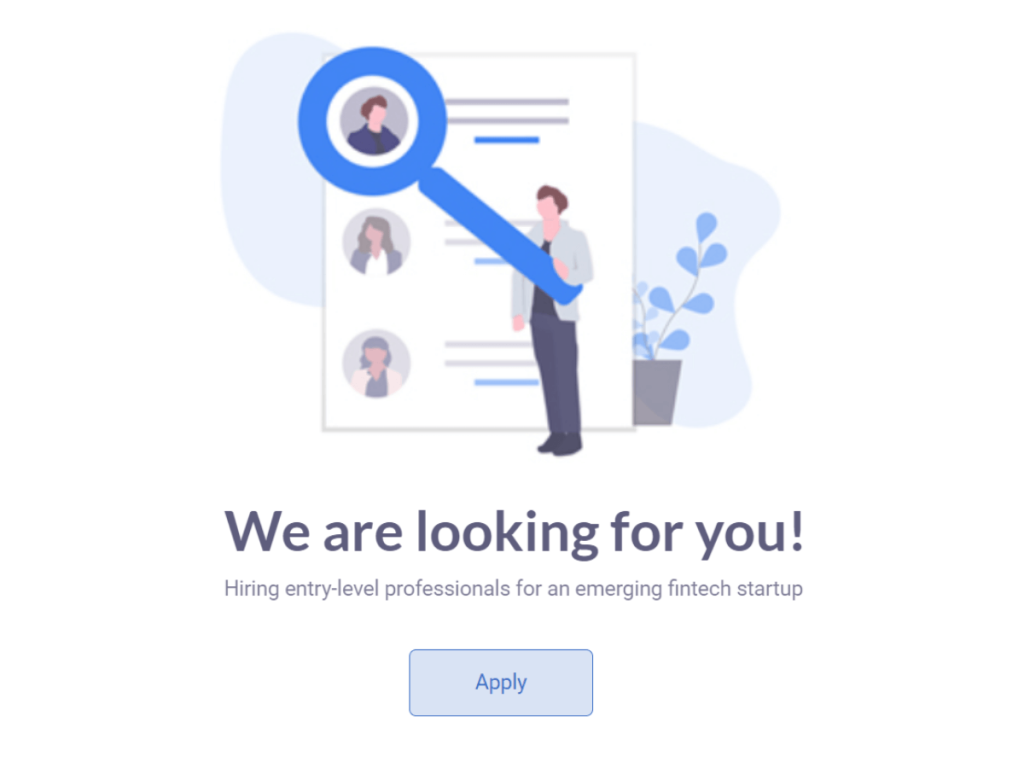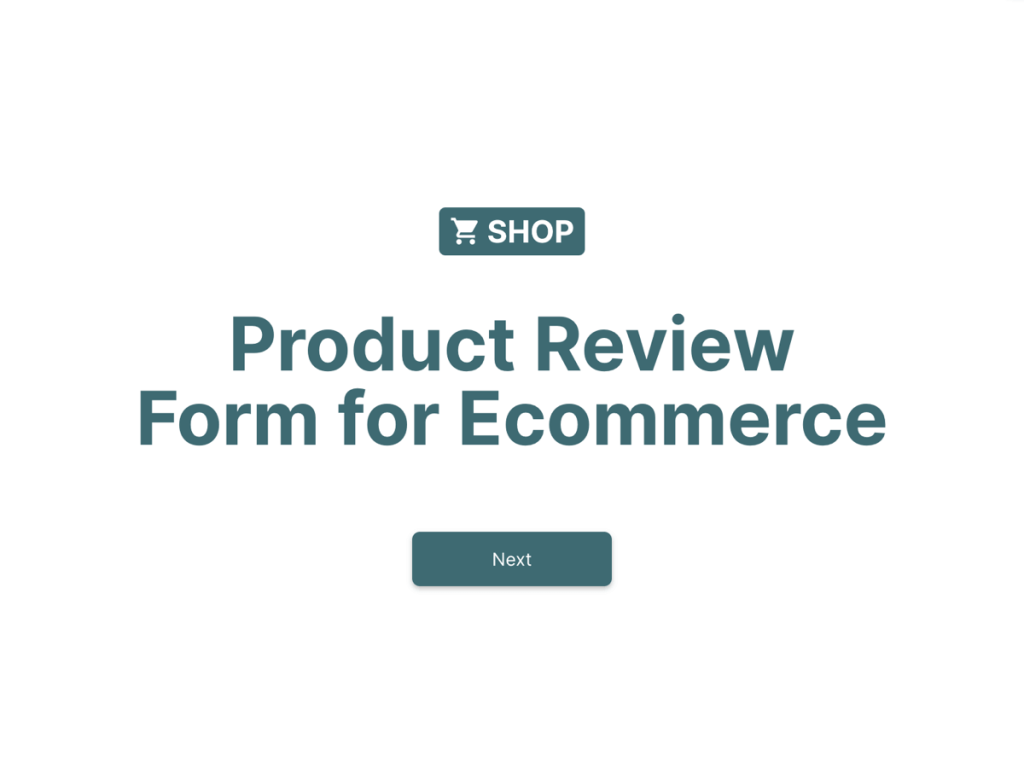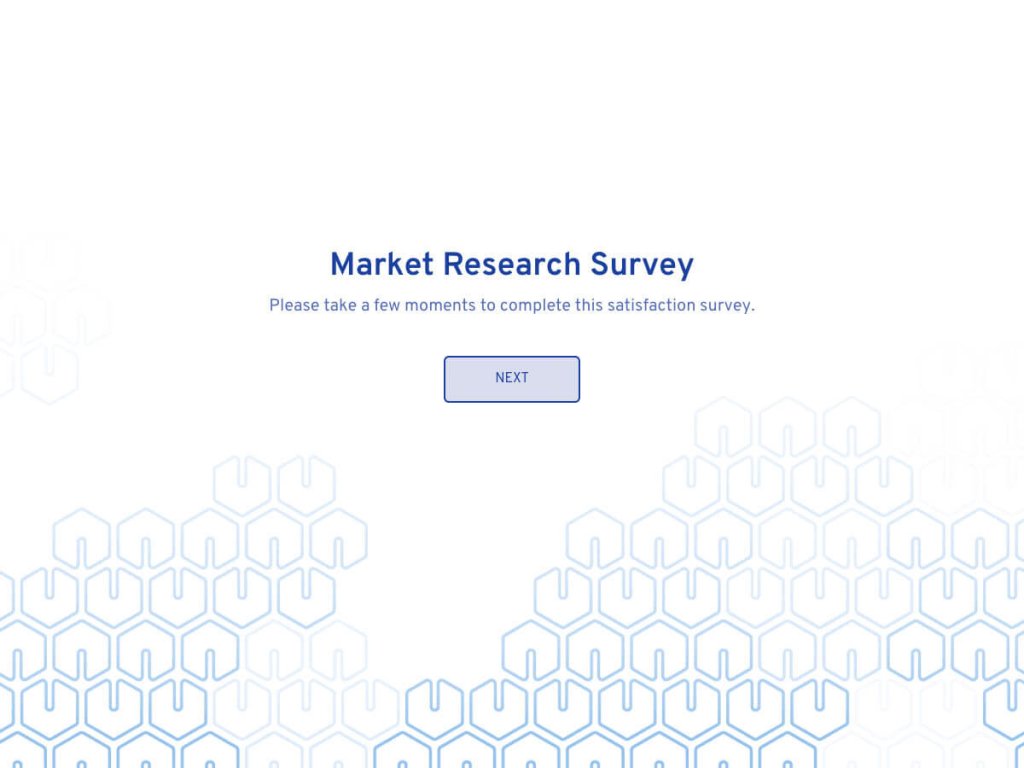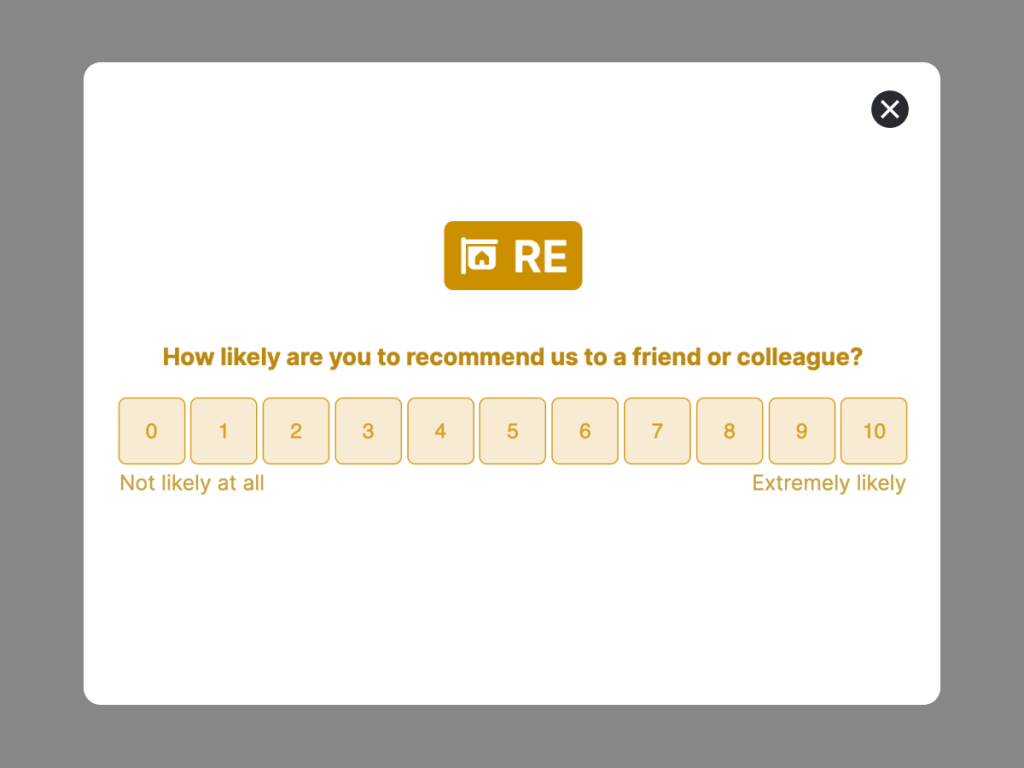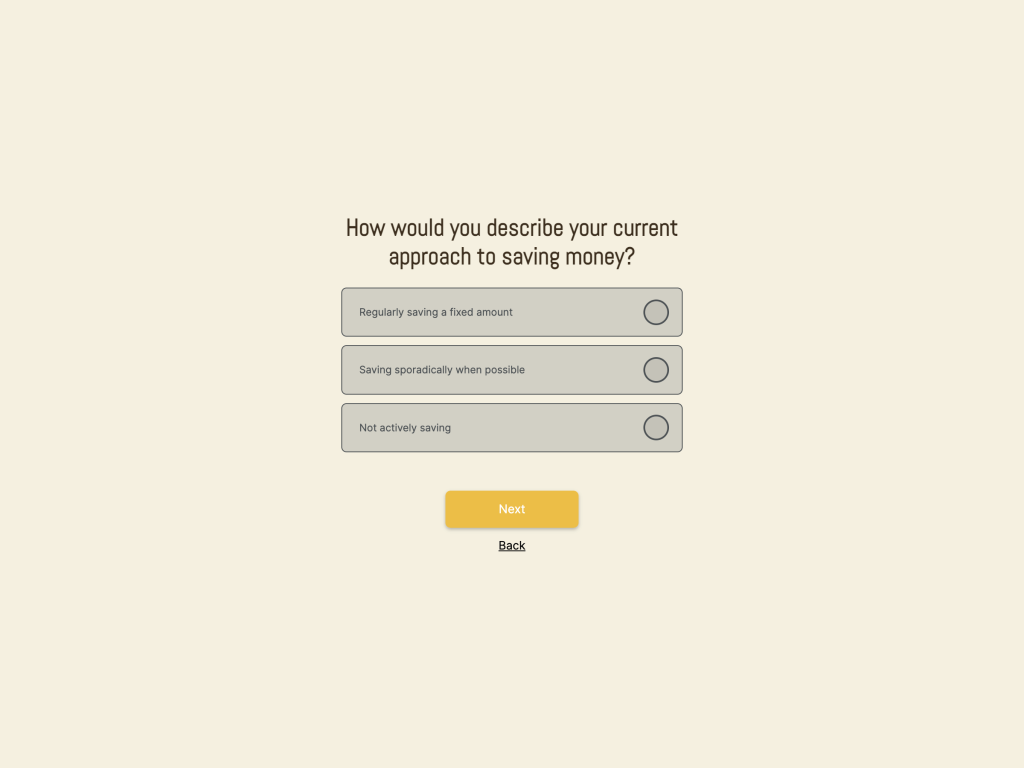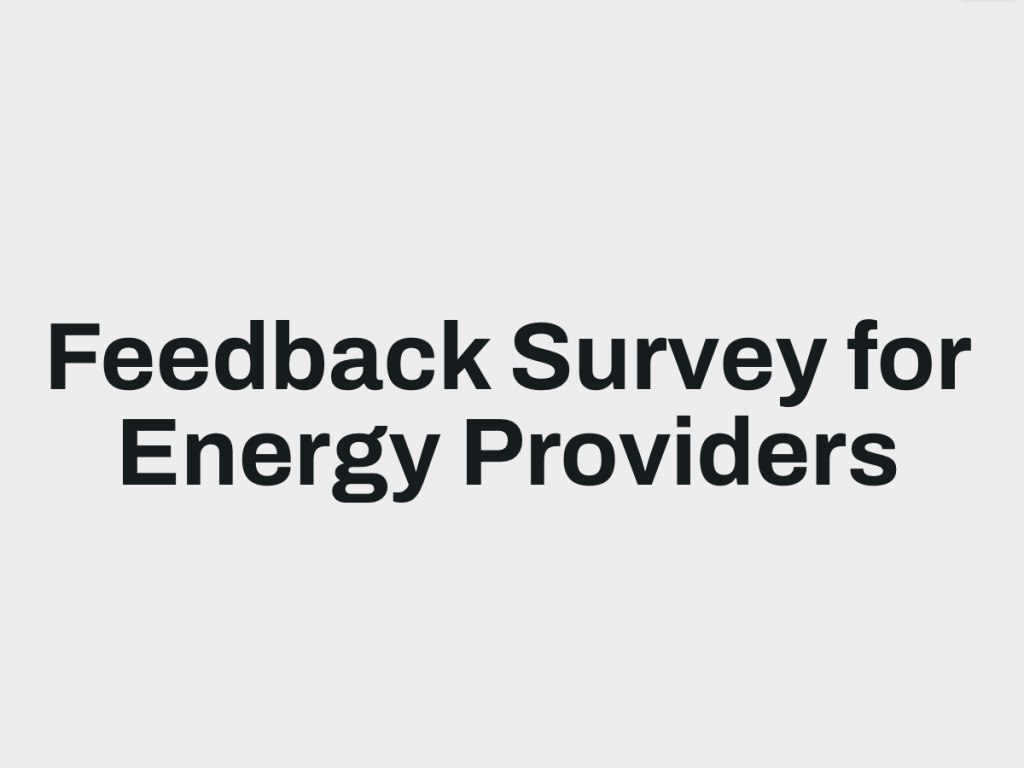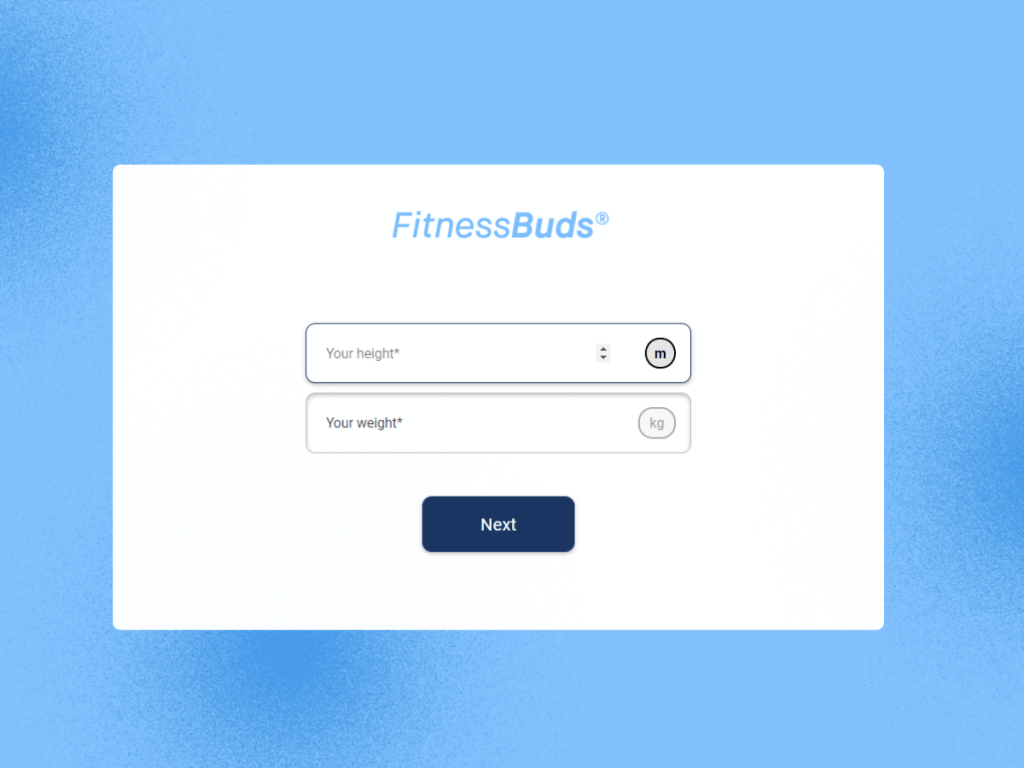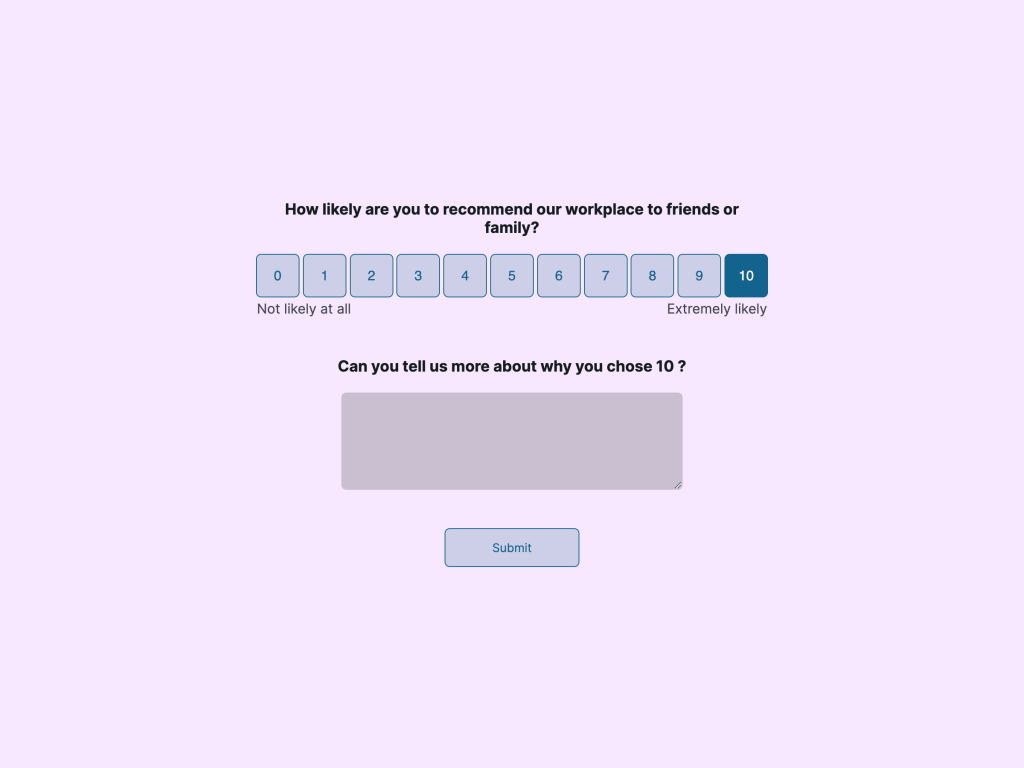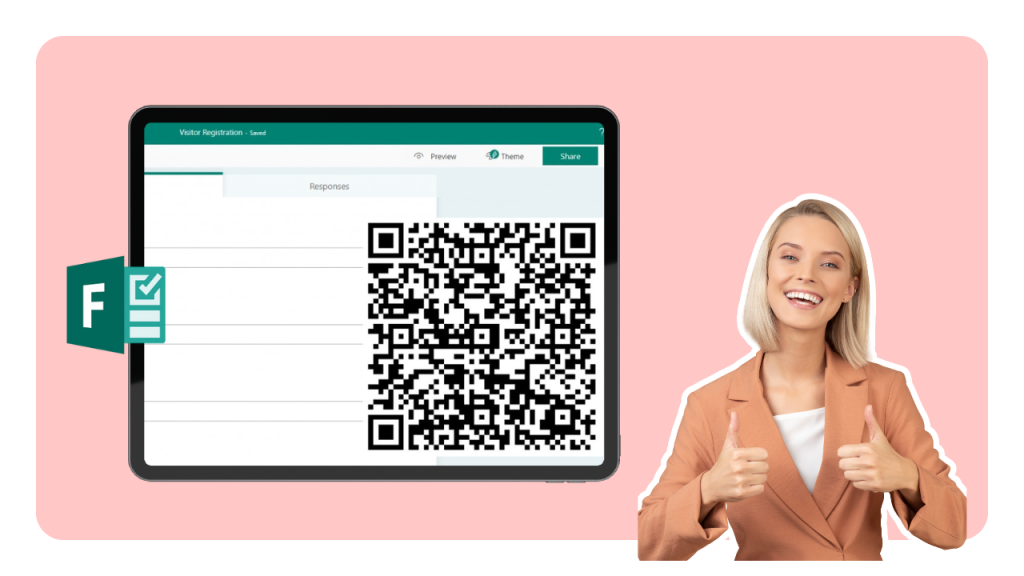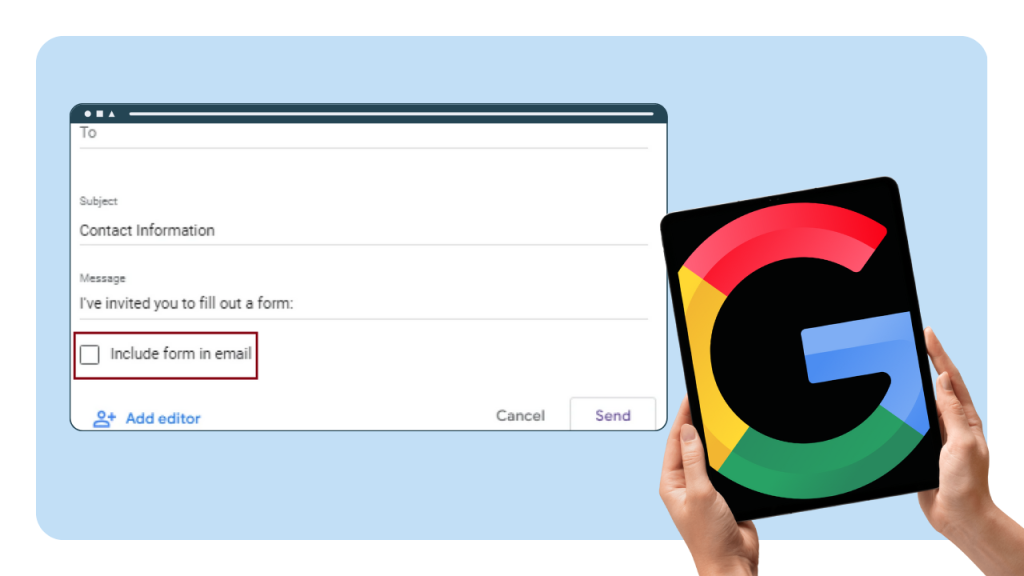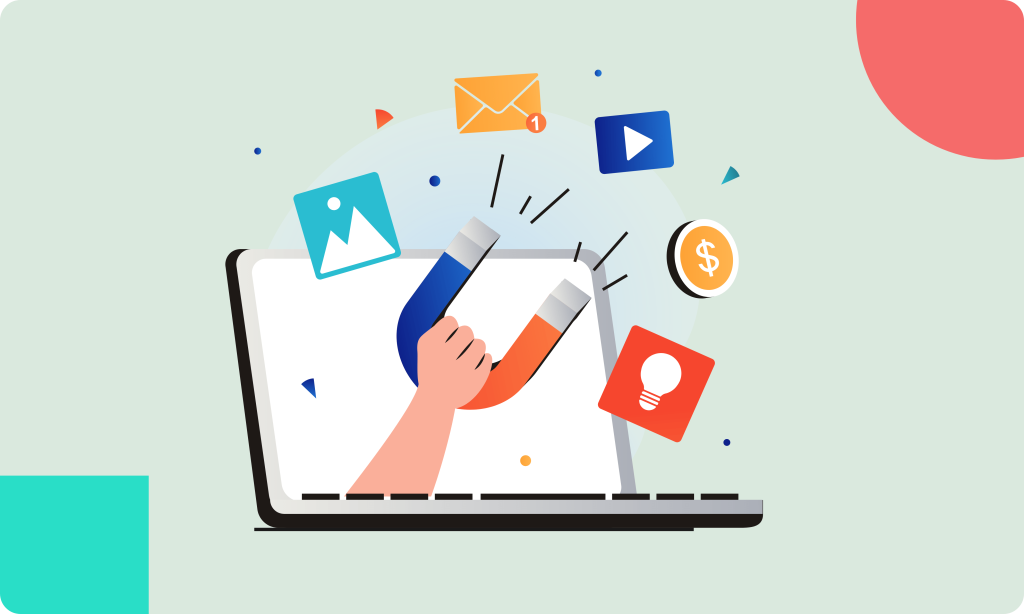As consumers, we all want to feel like we matter. That's why building strong customer relationships is essential for any successful business. And the key to achieving this? Personalized customer engagement!
By tailoring your interactions with each customer, you can create a more meaningful and satisfying experience that fosters loyalty and drives growth.
Get ready to learn seven ways to create a personalized customer engagement strategy that will help you build better relationships with your customers:
1. Use Customer Data to Personalize Interactions
Customer data collection may assist businesses in gaining useful insights into their consumers' behavior, preferences, and interests. According to the recent report on data collection, companies gather various information like gender, age, purchase history, hobbies, contacts as well as they store customers' bank information. Businesses may use this data to customize interactions and provide a more engaging data driven experience.
You can, for example, address the customer by name, promote items or services based on previous transactions, or give incentives that match their tastes. You may make the customer feel appreciated and strengthen your relationship with them by doing so.
Knowing your clients better helps you to supply them with the products and services they require, which may lead to higher sales and income for your company. For example, if you target B2B buyers and the buyer journey is more complex and longer, you can make the most out of a B2B appointment setting to reach out to potential customers and schedule meetings where you can explain all the benefits of your B2B product or service.
Example: How Companies Personalize Interactions
Some companies utilize customer data to personalize interactions even further. They address customers by their first name, mention their location, and use their preferences to tailor their experience.
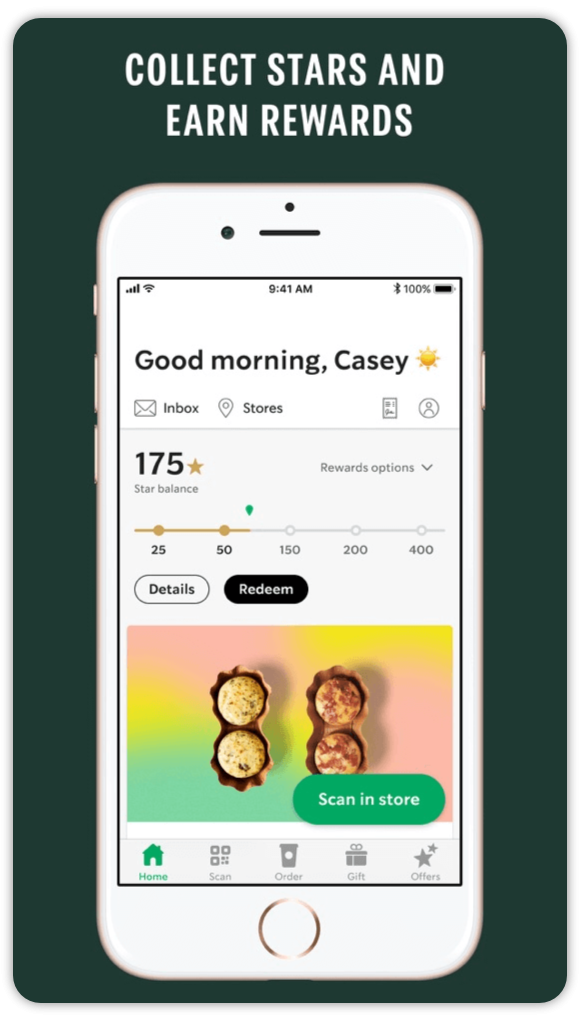
For instance, when users purchase coffee using the Starbucks mobile app, they are greeted by their first names and menu items are suggested based on what they have previously ordered. Based on a customer's search history, interests, and location, Airbnb makes customized vacation recommendations.
Also, depending on their previous purchases and product ratings, Sephora recommends beauty goods to consumers via tailored emails. These businesses demonstrate how they may improve connections and boost customer loyalty by leveraging consumer data to customize the customer experience.
2. Provide Customized Recommendations
Giving your customers tailored recommendations is essential for maximizing customer engagement.
By personalizing your recommendations to their unique needs and interests, you may enhance their experience and make it more valuable. If a customer has previously purchased a certain type of goods, for instance, you might offer related or complementary products.
Another instance is making specific recommendations based on customer behavior. For example, if a customer frequently buys a certain type of product, you may offer items that are popular to customers with comparable interests.
Create a Product Recommendation Quiz
Use a template. No code required.
B2B Product Finder Template
What Mattress Is Best For You? Template
Home Insurance Finder Quiz Template
Glasses Recommendation Funnel Template
This way you can show to your clients that you understand their tastes and care about their satisfaction. So, make sure you use customer data to provide customized recommendations and create a more engaging experience for your customers.
Example: How Companies Personalize Recommendations
Many successful companies have already adopted the practice of using customer data to personalize interactions to build better customer relationships. For instance, Amazon makes product recommendations on previous purchases and browsing habits using customer data.
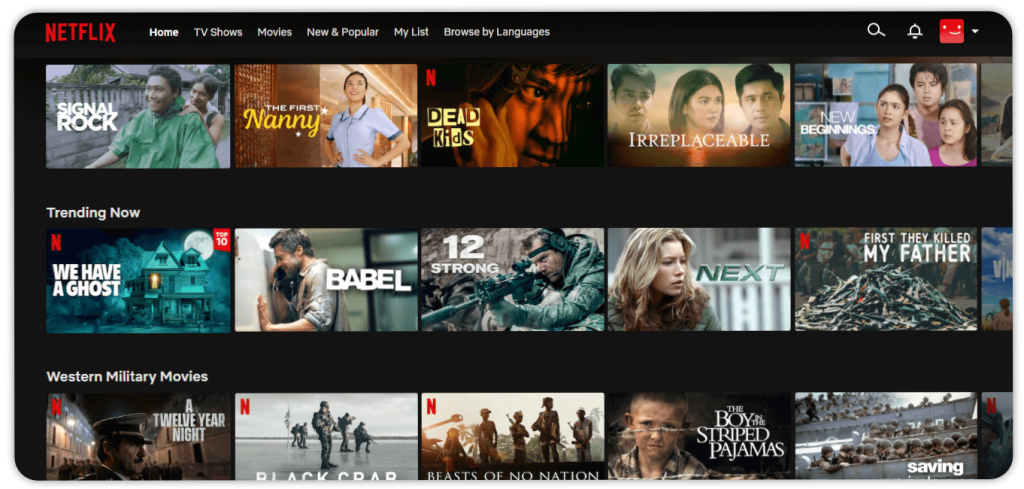
Netflix personalizes its homepage with suggestions for movies and TV shows based on viewers' past viewing habits. Moreover, Spotify creates playlists based on user preferences and listening behavior by using data about its users.
These businesses are aware that by using consumer data effectively, they can give customers a more engaging and tailored experience that encourages repeat business.
3. Use Personalized Messaging
Provide your consumers a more interesting and relevant experience by adjusting your messages to their particular characteristics and preferences.
For instance, you may send clients tailored emails with promotions or discounts on products they've expressed interest in based on their browsing history or past purchases. Make sure your emails have correct grammar, a clear call to action and a professional email signature. Push notifications may also be used to inform clients of new offers or deals that are pertinent to their interests.
Example:How Companies Personalize Messaging
Apple and Samsung are two companies that are well known for their personalized messaging.
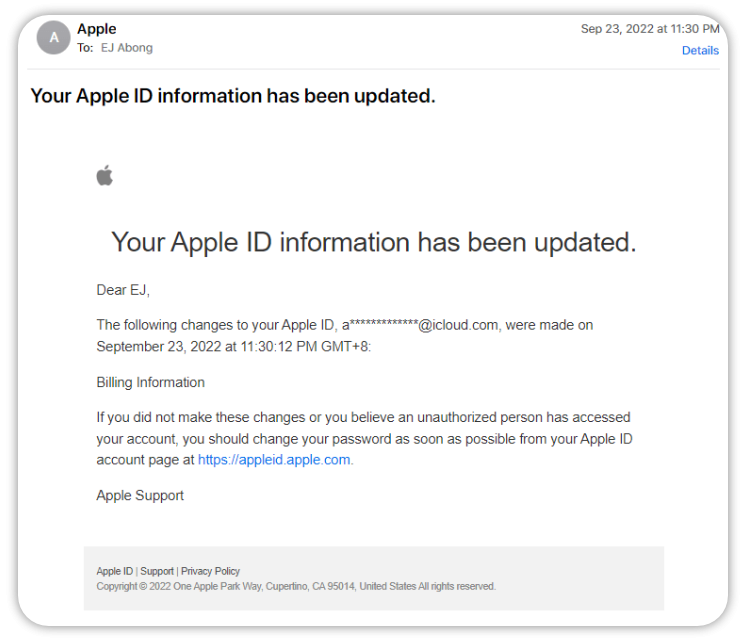
When you register for an Apple ID, for instance, the company uses your name and other personal details to address you specifically in emails and notifications. According to your interests and preferences, Apple also sends personalized push alerts about new product releases and upgrades.
Samsung offers its customers exclusive deals and discounts through tailored communications. For instance, depending on your purchasing history and preferences, the company sends you personalized emails with special offers.
Both companies are able to give their customers a more engaging and customized experience by deploying personalized messaging, which ultimately strengthens customer connections and brand loyalty.
4. Use Interactive Webinars to Engage Customers
Using interactive webinars is a good strategy if you want to engage your audience more deeply. You can maintain audience interest throughout the webinar by using interactive elements like polls, quizzes, and Q&A sessions.
Embed Forms Into Your Website
Customize templates the way you like
Event Sign-Up Form For Online Magazines and News Websites Template
Workshop Registration Template
Meeting Scheduling Form for Insurance Template
Client Intake Form For Legal Services Template
Open Job Application Template
Product Review Form for Ecommerce Template
To determine participants' comprehension of the material or their views on particular subjects, for instance, you may invite them to respond to questions or take part in polls. Q&A sessions can also be used to address any issues or queries that participants may have. These interactive features are already integrated with the best webinar tools out there, so you don’t have to worry how to incorporate them.
When planning your next webinar, make sure to incorporate interactive features and engage your participants in a meaningful way.
Example: How Companies Use Interactive Webinars to Engage Customers
Interactive webinars have been utilized effectively by well-known companies to engage their clients, like Google and HubSpot.
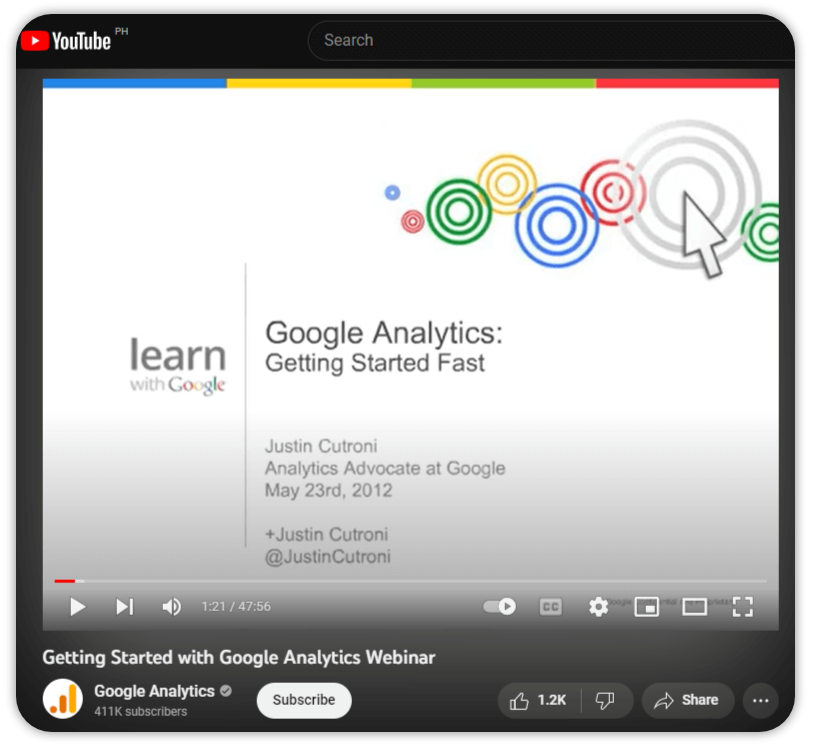
For instance, Google's Google Analytics webinar includes interactive elements like surveys and Q&A sessions, allowing attendees to raise questions and receive prompt answers. Quizzes and interactive demos are frequently used in HubSpot webinars to make the information more interesting and memorable.
Companies also add QR codes to their webinars as an interactive element and with the best QR code generator they create a QR code that provides insightful analytical data that can help them retarget their potential clients.
Companies may give their clients a more customized experience while also gaining insightful data and customer feedback by using interactive components. These characteristics transform webinars into interactive experiences that create a lasting effect on participants rather than just one-way presentations.
5. Use Personalized Surveys and Feedback Forms
Customers' experiences with particular goods or services can be obtained through customized surveys and feedback forms, as well as opinions on your general customer service. For example, you can use auto dialer software to automatically dial through the contact list and get in touch with your customers who have made a purchase. Existing customers are more likely to share their thoughts via surveys or feedback forms for two main reasons: they have customer experiences to share and they have interest in your company.
You can make the process of getting feedback from your consumers more interesting and productive by customizing your surveys to their specific needs and interests. One way to do that is by using a quiz maker tool to organize your questionnaire while keeping customer responses in an organized place.
By making adjustments in accordance to customer feedback, you may demonstrate to your customers that you care about their experience, which may enhance loyalty and word-of-mouth recommendations.
So, it’s important to employ customized surveys and feedback forms to collect feedback and enhance the overall experience of your customers.
How Companies Use Personalized Surveys and Feedback Forms
Starbucks and Nike are two well-known companies that make use of personalized surveys and feedback forms.
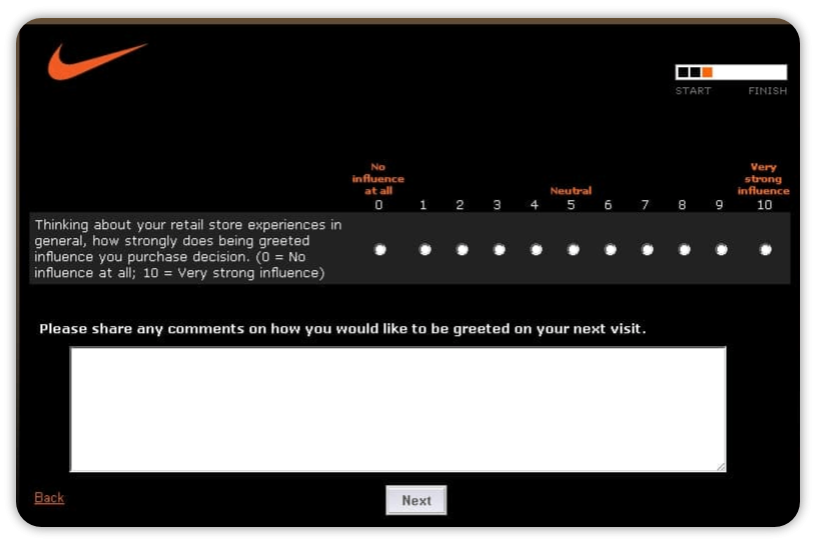
Using their mobile app or in-store surveys, Starbucks frequently requests feedback from customers about their experiences, and they utilize this information to enhance their goods and services.
Create Your Own Survey
Start with a template
Market Research Survey Template
Opinion Scale Survey for Real Estate Template
Market Research Survey for Finance Template
Feedback Survey for Energy Providers Template
Fitness App Onboarding Funnel Template
Opinion Scale Survey Template
In order to make data-driven choices concerning product development and marketing tactics, Nike also employs personalized surveys to obtain customer feedback about their preferences and experiences with their products.
These businesses demonstrate to their customers that their opinions matter and that they are dedicated to giving them the best experiences by employing personalized surveys and feedback forms.
6. Offer Exclusive Perks and Discounts
Offer personalized discounts based on a customer's past purchases or browsing behavior. For instance, you can implement a loyalty program that rewards customers for repeat business.
You may generate a sense of exclusivity and build a sense of gratitude in your customers by providing them exclusive privileges and deals. This can lead to increased customer satisfaction and loyalty, as well as positive word-of-mouth referrals.
In order to foster stronger bonds and develop loyalty, be sure to provide your customers with exclusive benefits and discounts.
Example: How Companies Offer Exclusive Perks and Discounts
Disney and McDonald's are two great examples of companies that offer exclusive perks and discounts to their customers.
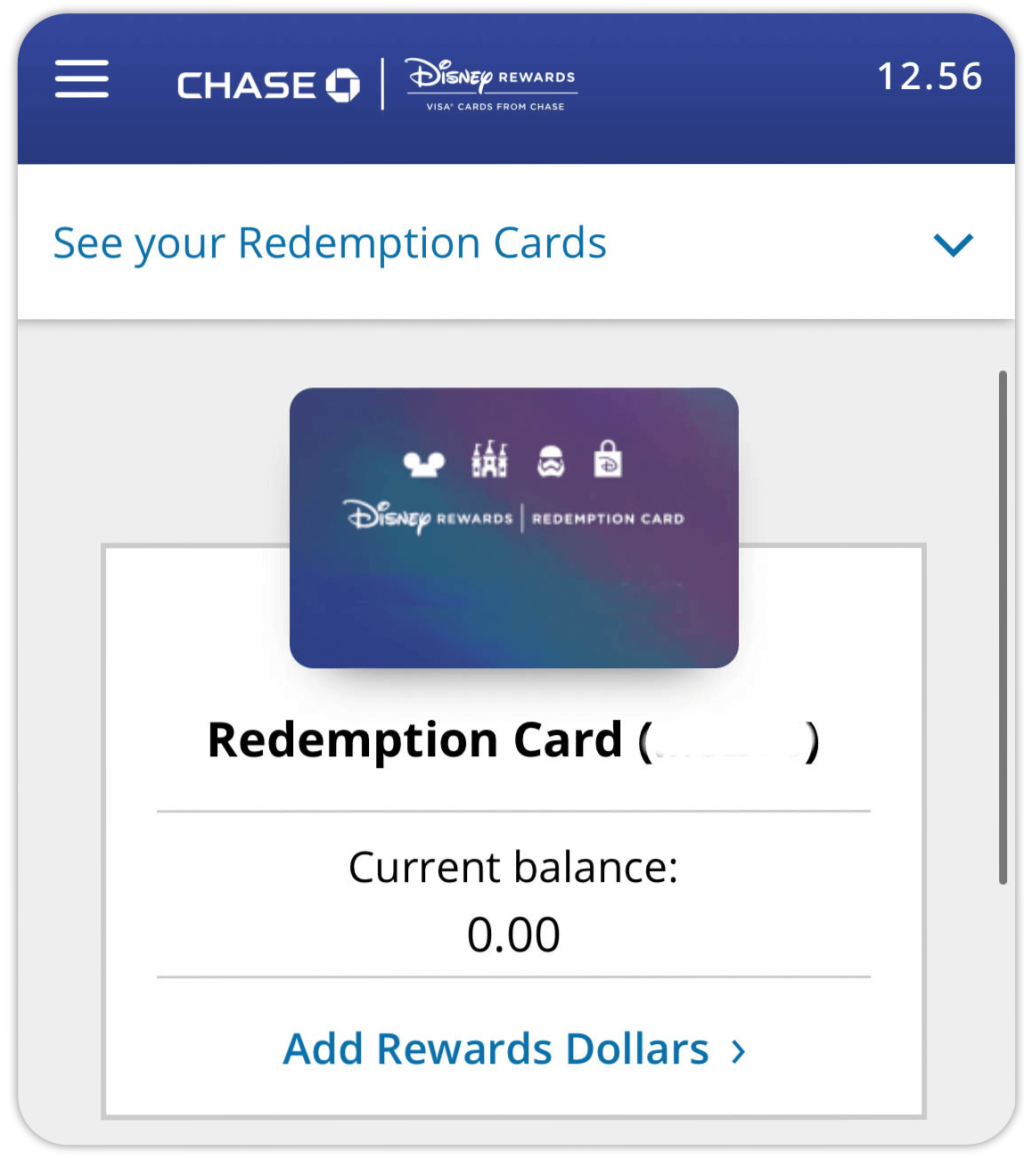
Disney, for example, offers a loyalty program called Disney Rewards that allows members to earn points for purchases and redeem them for exclusive experiences, merchandise, and more. They also offer personalized vacation planning services and special offers for annual passholders.
Similarly, McDonald's has a mobile app that offers exclusive deals and discounts to app users, such as free food with purchases and limited-time offers.
7. Champion Exceptional Customer Service
Providing customized customer service involves giving individual support to each customer, responding to their comments promptly, and tailoring your interactions to meet their unique needs. Choosing a suitable live chat software is critical for timely and personal support, so make sure to include one in your tech stack.
Only exceptional customer service will boost customers and provide favorable word-of-mouth recommendations.
Example: How Companies Champion Exceptional Customer Service
Exceptional customer service is an important aspect of building strong customer relationships, and many companies excel in this area.
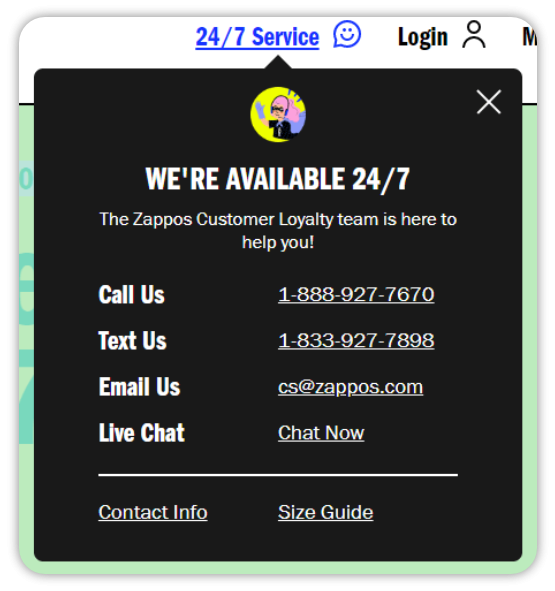
For example, Zappos is known for their legendary customer service, where representatives go above and beyond to make sure customers are satisfied with their purchases.
Another company that champions exceptional customer service is Nordstrom, where they offer a wide range of services, from free shipping and returns to personal styling appointments.
Ritz-Carlton is another example of a company that prioritizes customer service, with a commitment to anticipating and fulfilling their guests' needs before they even ask.
Author Bio
Erkki is the founder of influno.com, which helps entrepreneurs, marketers and sales managers make the best decisions on the business tools to drive their businesses forward. Erkki's background is in software product management.
